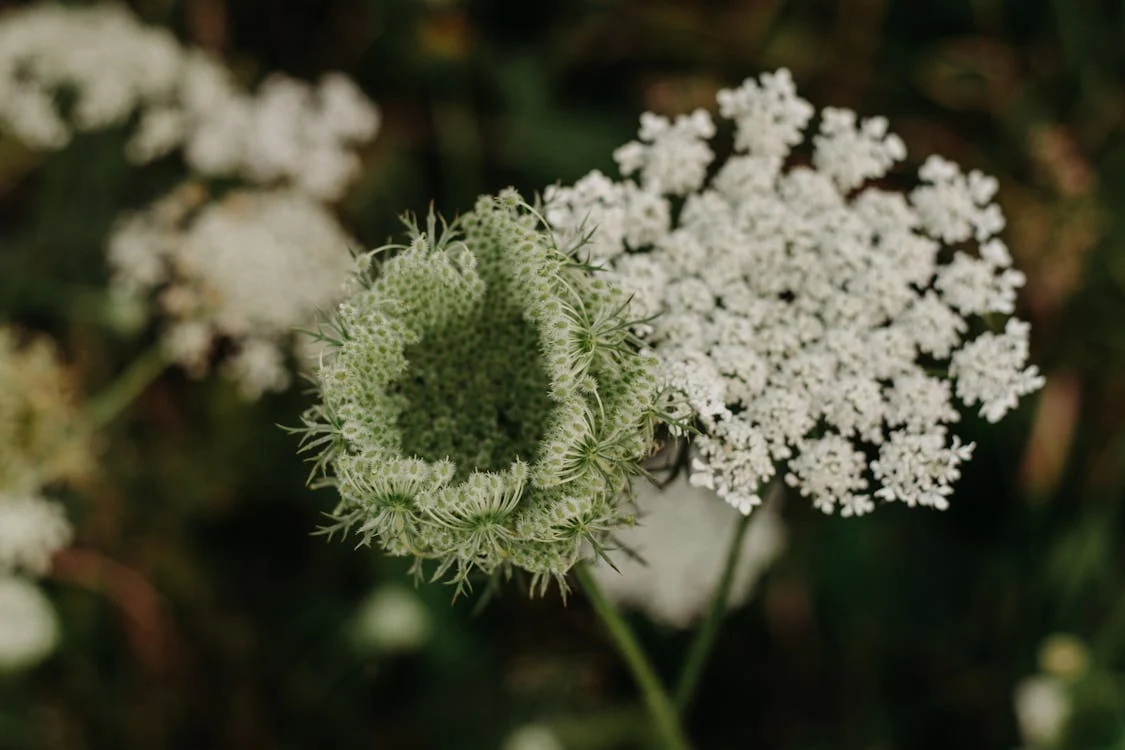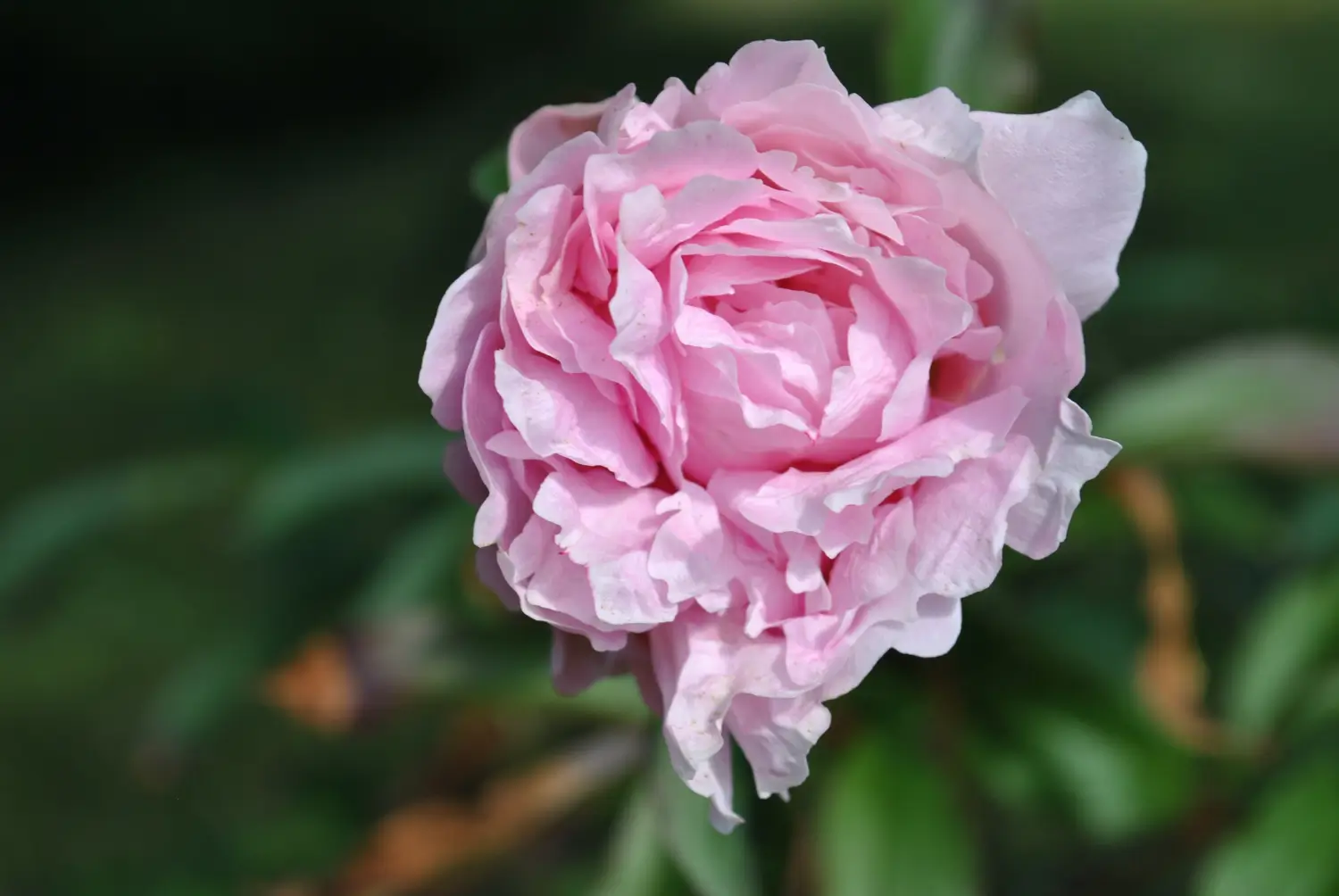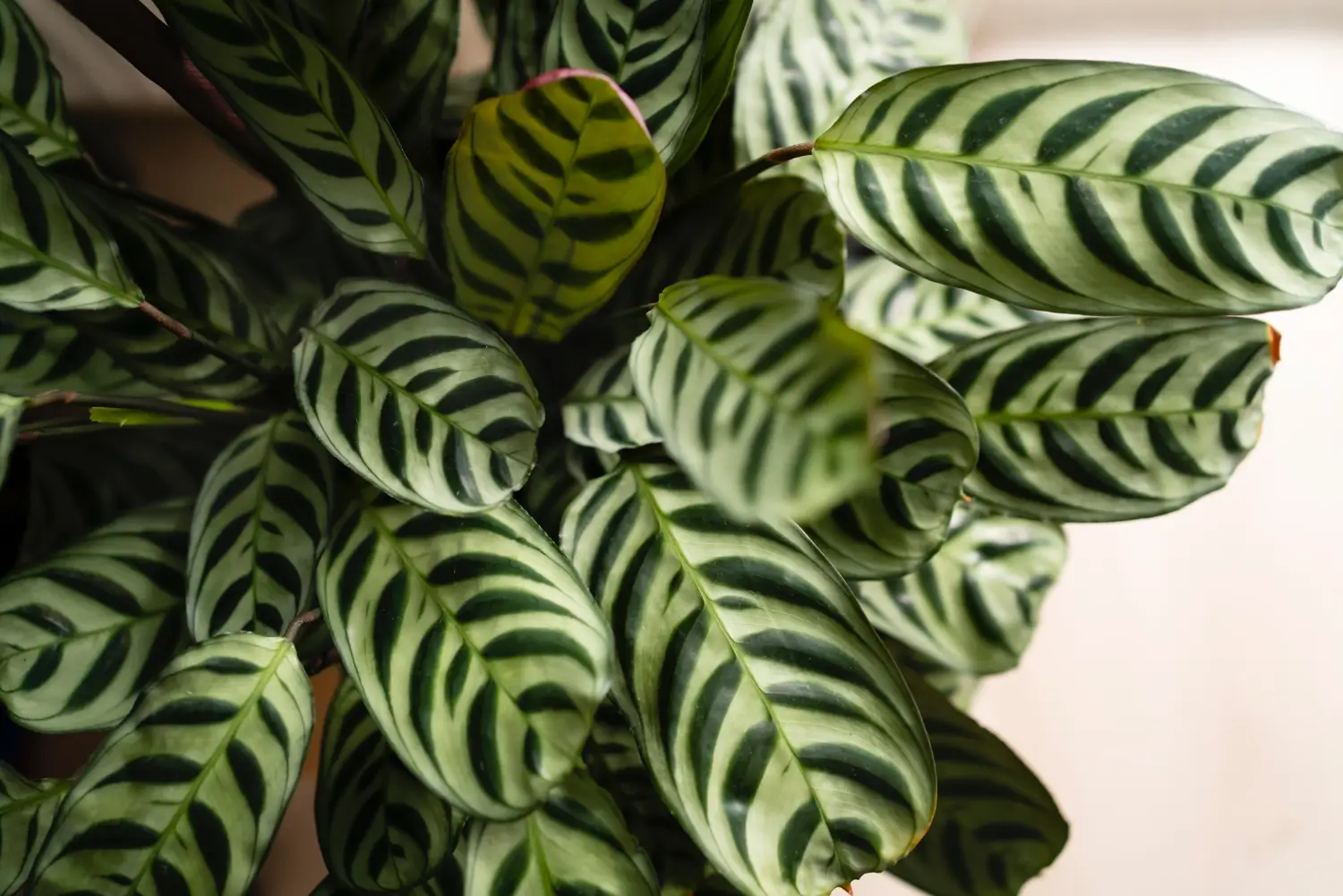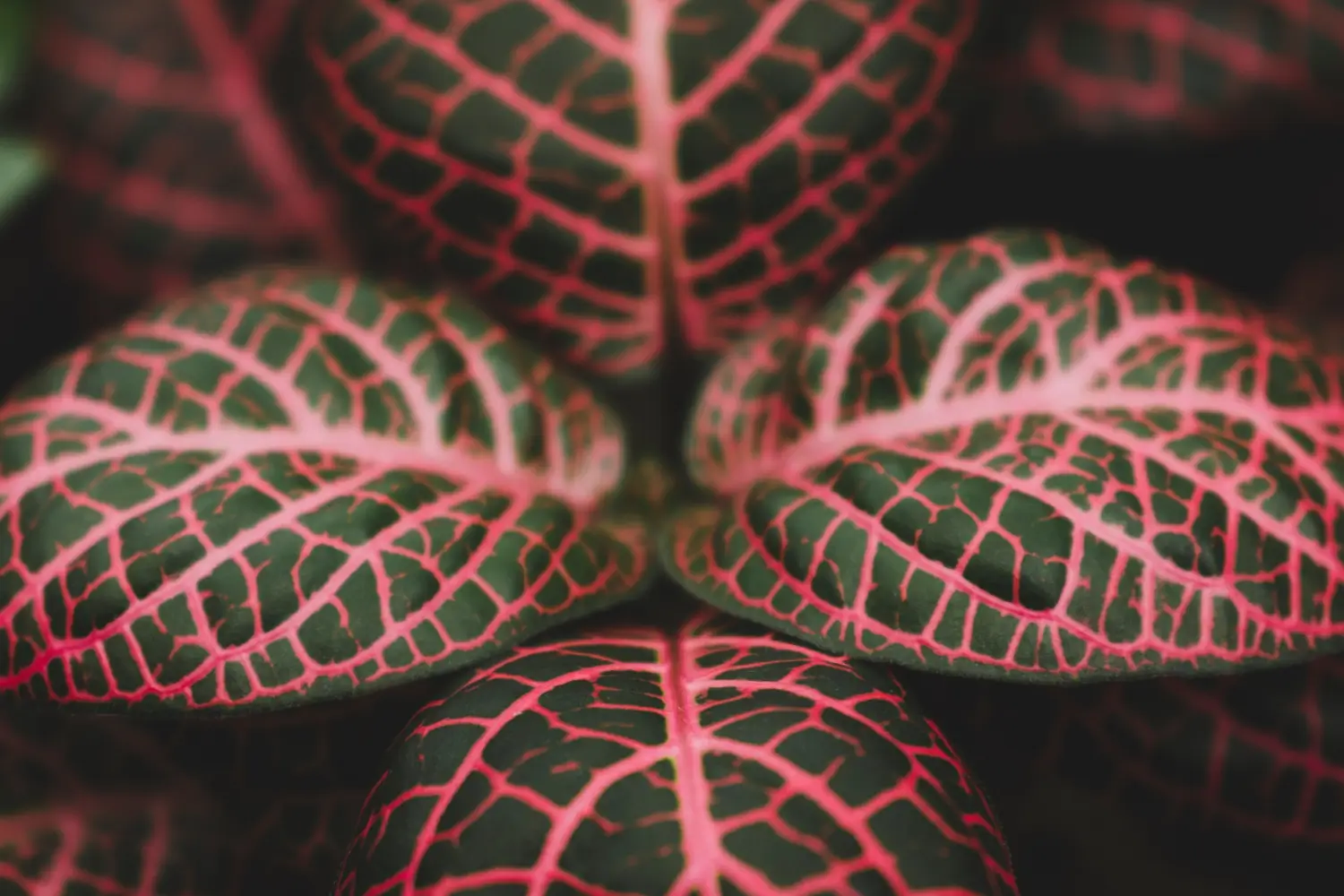
Soil Health & Fertilization
We unite suppliers and green industry professionals worldwide
If you’ve ever fantasized about picking your very own fresh kiwis straight from your back garden, th
By Victor Miller
|Published on June 15, 2025


If you’ve ever fantasized about picking your very own fresh kiwis straight from your back garden, then Hardy Kiwi (also known as Arctic Kiwi or Baby Kiwi) is the plant you need to make it a reality. This cold-hardy species can withstand cold, even wintery conditions, which makes it an excellent choice for gardeners located in USDA growing zones 4 to 9 as opposed to the standard tropical kiwi which prefers USDA zones 6 to 10.
With small, smooth-skinned fruit the size of a grape but bursting with the same sweet and tangy flavor profile as its larger relatives, Hardy Kiwi vines can deliver delicious harvests and unique aesthetics in your garden. These vines grow fast, easily climbing over fences or trellises, making them a great fit for small spaces or for establishing a green flora backdrop.
| Botanical Name | Actinidia arguta |
| Common Name | Hardy Kiwi, Arctic Kiwi, Baby Kiwi |
| Maturity Size | 10-20 feet long, 3 to 6 feet wide |
| Light Requirements | Full sunlight to partial shade |
| Soil | Slightly acidic soil which has good drainage |
| Water Requirements | Regular watering, prefers moist soil |
| Hardiness Zones | 4-9 |
| Bloom Time | From spring into early summer |
| Fruit Color | Green with smooth skin |
| Growth Rate | Fast-growing |

September 25, 2025
9 minute read
September 24, 2025
9 minute read
September 23, 2025
10 minute read
September 22, 2025
9 minute read


Join as a seller and connect with thousands of B2B buyers nationwide!
Sign Up

Queen Anne’s Lace
Queen Anne’s Lace has long inspired the imagination of both gardeners and herbalists alike with its umbrella-shaped clusters of white flowers and feathery, fern-like foliage.

Queen Elizabeth Rose
The Queen Elizabeth Rose is elegant, commanding and dignified, it’s a garden staple that feels as if it belongs in a palace courtyard. Tall, upright, and crowned with clusters of soft pink blooms, this rose serves as a living tribute to one of history’s m

Calathea Fasciata
Meet Calathea Fasciata! This tropical beauty is part of the Marantaceae family, also known as the "prayer plant" family

Caladium
Have you had that feeling to add a splash of color to your garden and get it all done in a jiffy? You must get Caladium, or “Angel Wings” for its enormous heart-shaped leaves
The Hardy Kiwi is a hardy, low-maintenance plant, but proper care is needed for it to grow and produce fruit successfully. If you give it the right kind of care, you can look forward to a crop of sweet, bite-size kiwis in late summer to early fall.
The plant thrives in full sun but can tolerate partial shade.. In fact, the greater the exposure to sunlight the better the fruit production. The vine should receive 6 hours of direct sunlight each day to grow and fruit well.
This vine thrives in slightly acidic to neutral (pH 5.5-7.0) well-draining soils. It prefers loamy or sandy soils rich in organic matter such as compost. The plant hates heavy clay or waterlogging soil, which can cause root rot. Also, proper drainage is essential for healthy roots.
Hardy Kiwi likes regular watering to keep the soil moist but not soggy. Watering deeply at least once per week is important for the plant during dormant periods. It may require more frequent watering in summer. Be careful not to let the soil get too wet-- overwatering and/or bad drainage cause root rot.
Pruning is important for keeping your Hardy Kiwi vine healthy, controlling its growth, and promoting fruiting. These vines can grow aggressively, and regular pruning helps keep them under control and ensures you get the best fruit production.
Prune the vine back to remove dead or damaged wood in late winter to early spring. You can trim back the vine to control its shape and keep the vine at a manageable size. Be sure to trim back any long, unruly tendrils that are growing away from the trellis or support structure. . Pruning then promotes new growth and helps the vine direct its energy toward fruit production.
For good fruiting, it’s also important to clear out any thickened places for air circulation and light penetration. That helps keep it disease free and more vigorous.
You can propagate Hardy Kiwi by cuttings or layering.
Hardy Kiwi can be grown in pots, making them perfect for space-challenged gardeners and patio gardeners. When container gardening, pick a big pot — at least 18 inches wide and deep enough to fit the plant’s long root system.
Choose a well-draining potting mix and make sure your container has holes in the bottom to prevent water from pooling. Potted Hardy Kiwi plants will require watering on a regular basis, particularly in the summer, and should be fertilized every couple of months with a balanced, slow release fertilizer.
Hardy Kiwi is a vining plant, so you’ll need some sort of vertical support system for the vine to grow upright. Be prepared to move your potted kiwi indoors during winter in colder regions or provide insulation around the pot to protect the roots from freezing.
Hardy Kiwi needs some protection in the winter months in colder climates but is relatively cold-hardy once established, withstanding temperatures down to -25°F (-31°C).
In autumn, cut the plant back to around 1-2 feet above the ground. Add a couple inches of mulch (such as straw or shredded leaves) around the base of the plant to help insulate the roots from freezing temps. If it is in a pot, it may become necessary to move it to a sheltered location or to wrap it in burlap to make sure the pot does not freeze.
Ensure the plant remains well-watered until the ground freezes, as it will still need moisture in the winter months.
In spring to early summer, Hardy Kiwi vines produce clusters of small, fragrant white or greenish flowers. These flowers are self-pollinating, but you will get better fruit yields if you plant two or more plants (with male and female vines) to allow for cross-pollination.
If you have only one plant, ensure that you plant a male vine nearby to facilitate the pollination process. The blooms last a day or two at a time, but after pollination, the plant will produce tons of fruit.
Although Hardy Kiwi is an inherently disease-resistant plant, a few issues can arise.
Hardy Kiwi is a great, low-maintenance vine that will bear you an abundant harvest in colder regions where tropical kiwis cannot live. Tough and producing delicious, bite-sized fruit, it's an ideal candidate for those looking to add an exotic flair to their garden. Whether in pots, on trellises, or as part of a vertical garden, this productive vine will provide sweet and tangy kiwis for years to come.
Yes. Male and female plants are commonly required in order for the best fruit production, but there are varieties that can self-pollinate.
Depending on the growth conditions and age of the plant, it should start fruiting in 3-4 years.
Yes, Hardy Kiwi can be grown in containers, but make sure to choose a large enough pot and provide support for the vines.

Soil Health & Fertilization
Victor Miller

Pest Identification & Prevention
Victor Miller

Lawn Care Tips & Maintenance
Victor Miller

Soil Health & Fertilization
Victor Miller

Smart Irrigation Systems
Victor Miller

Patios, Walkways & Driveways
Victor Miller

Soil Health & Fertilization
Victor Miller

Pest Identification & Prevention
Victor Miller
My Account
Our team is always here to help.
We are open Monday - Friday, 9:00 AM to 4:30 PM PST.